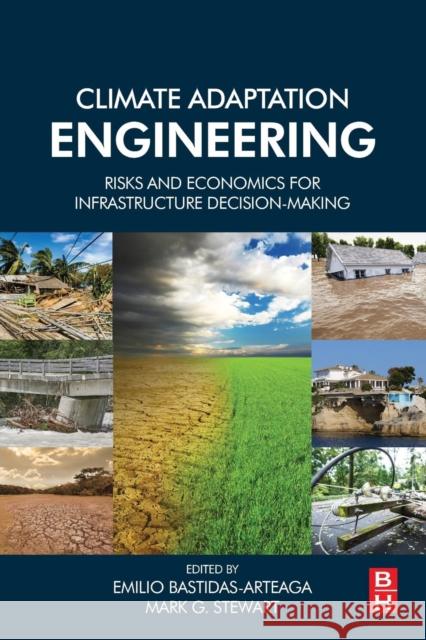Climate Adaptation Engineering: Risks and Economics for Infrastructure Decision-Making » książka
topmenu
Climate Adaptation Engineering: Risks and Economics for Infrastructure Decision-Making
ISBN-13: 9780128167823 / Angielski / Miękka / 2019 / 387 str.
Climate Adaptation Engineering: Risks and Economics for Infrastructure Decision-Making
ISBN-13: 9780128167823 / Angielski / Miękka / 2019 / 387 str.
cena 574,40
(netto: 547,05 VAT: 5%)
Najniższa cena z 30 dni: 569,69
(netto: 547,05 VAT: 5%)
Najniższa cena z 30 dni: 569,69
Termin realizacji zamówienia:
ok. 30 dni roboczych
Bez gwarancji dostawy przed świętami
ok. 30 dni roboczych
Bez gwarancji dostawy przed świętami
Darmowa dostawa!
Kategorie:
Kategorie BISAC:
Wydawca:
Butterworth-Heinemann
Język:
Angielski
ISBN-13:
9780128167823
Rok wydania:
2019
Ilość stron:
387
Waga:
0.51 kg
Wymiary:
22.91 x 15.19 x 2.03
Oprawa:
Miękka
Wolumenów:
01
Dodatkowe informacje:
Bibliografia











